Ambient Air Quality Monitoring
AED 0
- Estimated Delivery : Up to 4 business days
- Free Shipping & Returns : On all orders over $200
Ambient air monitoring plays a crucial role in assessing the quality of outdoor air and identifying potential risks to human health and the environment. By tracking a variety of pollutants and meteorological parameters, air quality managers can gain insights into air pollution trends and sources, allowing them to take timely actions to mitigate risks. Below is a breakdown of the key parameters monitored in ambient air quality assessments:
1. Particulate Matter (PM)
- TSP (Total Suspended Particles): Refers to all airborne particles, both fine and coarse, that are suspended in the air. These can have adverse health effects, particularly in the respiratory and cardiovascular systems.
- PM10 (Particles with a diameter ≤ 10 microns): These particles can enter the lungs and cause respiratory problems, especially for those with pre-existing conditions such as asthma.
- PM2.5 (Particles with a diameter ≤ 2.5 microns): Fine particles that can penetrate deep into the lungs and bloodstream, leading to serious health issues like heart disease, stroke, and lung cancer.
2. Carbon Monoxide (CO)
- A colorless, odorless gas that is harmful when inhaled, as it can interfere with the body’s ability to carry oxygen. High levels of CO can lead to headaches, dizziness, and even death in extreme cases. It is primarily produced by vehicle emissions and industrial processes.
3. Sulfur Dioxide (SO2)
- A colorless gas with a pungent odor, mainly produced by the burning of fossil fuels (like coal and oil) and industrial processes. Short-term exposure can irritate the respiratory system and worsen conditions like asthma and bronchitis.
4. Nitrogen Dioxide (NO2)
- A reddish-brown gas that is a by-product of vehicle emissions and industrial activity. NO2 can irritate the respiratory system and contribute to the formation of ground-level ozone and fine particulate matter.
5. Ozone (O3)
- While ozone in the upper atmosphere protects us from harmful UV radiation, ground-level ozone is a harmful pollutant. It forms when pollutants like NO2 and VOCs react in sunlight. Exposure to high levels of ozone can cause respiratory problems and worsen asthma.
6. Volatile Organic Compounds (VOCs)
- A group of organic chemicals that easily vaporize into the air. They are emitted by paints, solvents, fuels, and industrial processes. Some VOCs are carcinogenic or can cause respiratory and neurological effects. Benzene, toluene, and xylene are examples of common VOCs.
7. Methane (CH4)
- A colorless, odorless gas that is a potent greenhouse gas. Methane primarily comes from the natural gas industry, agriculture (livestock), and waste management (landfills). Although it is less directly harmful to human health in small amounts, it contributes significantly to climate change.
8. Ammonia (NH3)
- A pungent, colorless gas emitted from agricultural activities (especially livestock waste) and industrial processes. Ammonia can irritate the respiratory system and contribute to the formation of secondary particulate matter in the atmosphere.
9. Hydrogen Sulfide (H2S)
- A gas with a distinctive rotten egg smell, it is produced by industrial processes, sewage, and natural sources like oil and gas extraction. Exposure to high levels can cause eye irritation, headaches, and respiratory issues.
10. Meteorological Parameters
These factors influence the dispersion, concentration, and movement of pollutants in the atmosphere:
- Wind Speed & Direction: Determines how pollutants disperse across regions and their concentrations in specific areas.
- Atmospheric Pressure: Affects the movement of air masses and can influence pollution levels.
- Rainfall: Can wash pollutants out of the atmosphere (a process known as “scavenging”), affecting pollution levels.
- Temperature & Humidity: Influence the formation and behavior of air pollutants like ozone and particulate matter.
11. Metals (AI, Cu, Cr, Co, Fe, Pb, Mn, Mo, Zn, etc.)
- These trace elements are often present in the air due to industrial emissions, vehicle exhaust, and the combustion of fossil fuels. Some metals, like lead (Pb) and cadmium (Cd), are toxic and can accumulate in the human body, leading to serious health issues.
12. Semi-Volatile Organics
- These are organic compounds that have a higher molecular weight and tend to be less volatile than typical VOCs. They can persist in the atmosphere longer and contribute to the formation of fine particulate matter. Examples include certain pesticides, phthalates, and polycyclic aromatic hydrocarbons (PAHs).
13. Volatile Organics
- As mentioned earlier, these are compounds that easily vaporize at room temperature and contribute to air pollution. They are typically emitted from industrial processes, vehicle exhaust, solvents, and household products like paints and cleaning agents.
Importance of Ambient Air Monitoring
By tracking these pollutants and meteorological factors, authorities and environmental organizations can:
- Assess air quality trends and identify pollution hotspots.
- Understand the sources of pollution and their impact on human health.
- Develop policies and regulations to mitigate pollution and protect public health.
- Ensure compliance with national and international air quality standards.
Monitoring ambient air quality is an ongoing process that requires the use of sophisticated sensors, data analysis, and continuous evaluation to address and reduce the harmful effects of air pollution on both the environment and public health.


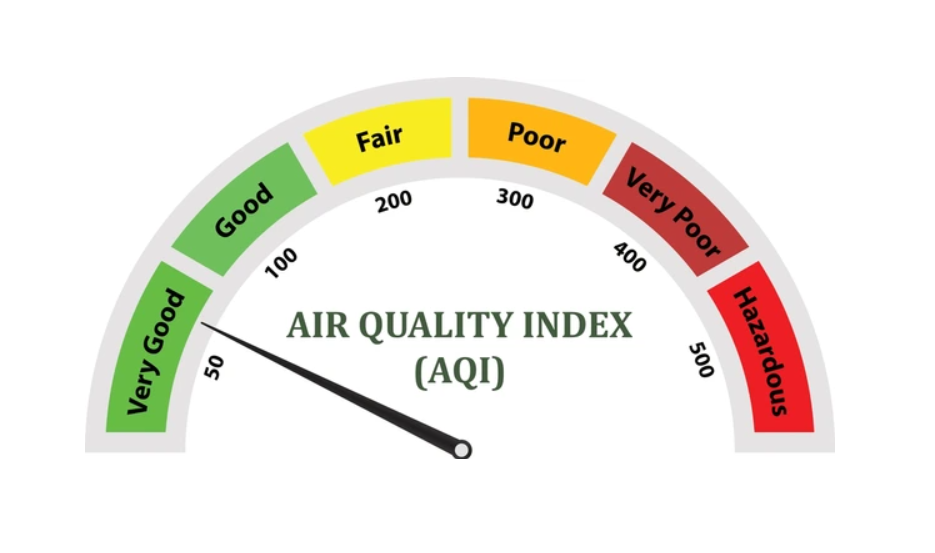

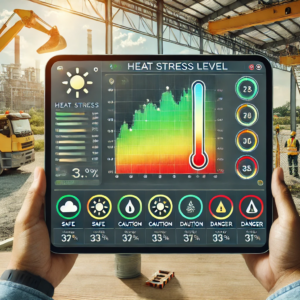
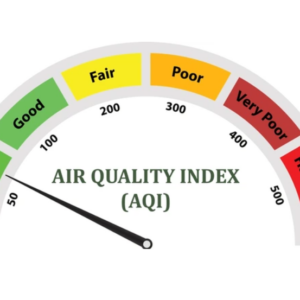
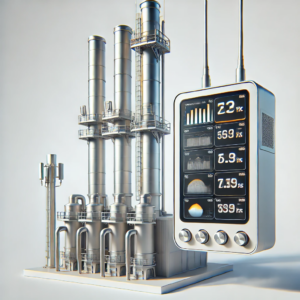
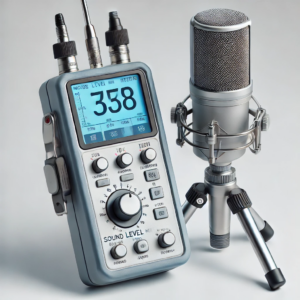

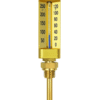
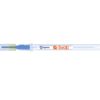
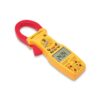


Reviews
There are no reviews yet.